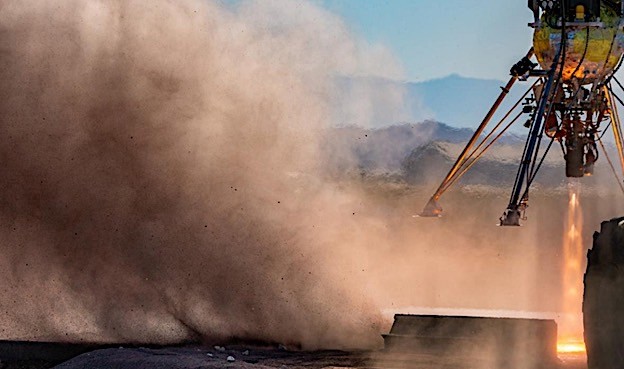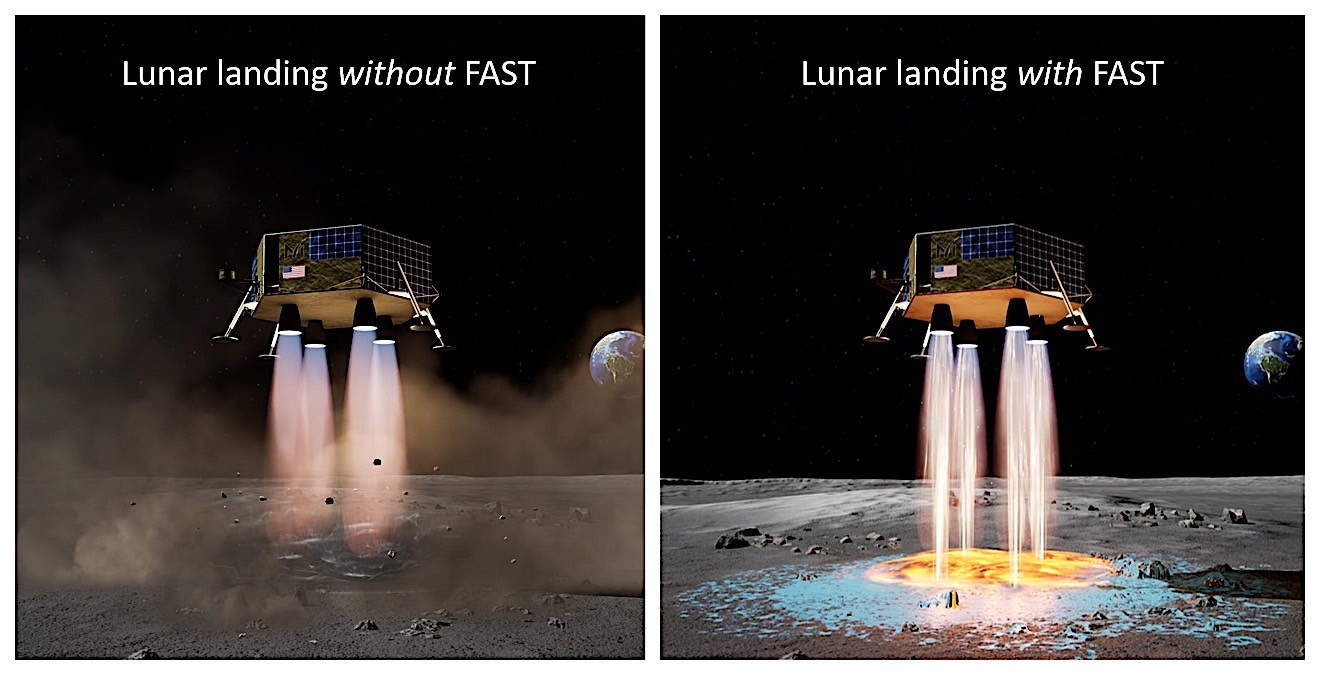As NASA gears up for the historic Artemis III mission, marking humanity’s return to the Moon, the agency is simultaneously laying the groundwork for an expansive future in the solar system.
Central to this endeavor is the Human Lander Challenge (HuLC), a program enlisting the ingenuity of college and university students to tackle critical obstacles in lunar exploration. Building upon its inaugural focus on mitigating lunar regolith impacts during landing, HuLC has shifted its sights to an equally formidable challenge: the prolonged storage and transfer of cryogenic fuels in space.

Essential for deep space missions, these super-cooled propellants pose significant technical hurdles, as current methods are limited to preserving them for mere hours. To overcome this limitation and pave the way for extended lunar exploration and beyond, NASA seeks innovative solutions from the next generation of space pioneers.
NASA is seeking innovative solutions to critical challenges in space propulsion. The agency invites U.S. colleges and universities to participate in a competition focused on developing technologies for on-orbit cryogenic propellant management.
Teams will address issues such as efficient propellant transfer, precise tracking of cryogenic fluids in microgravity, advanced insulation, thermal management, and automated coupling systems.

Selected finalists will receive funding to further develop their concepts and compete for a cash prize. While there’s no guarantee of adoption, this program offers a platform for groundbreaking research with the potential to revolutionize space exploration.

